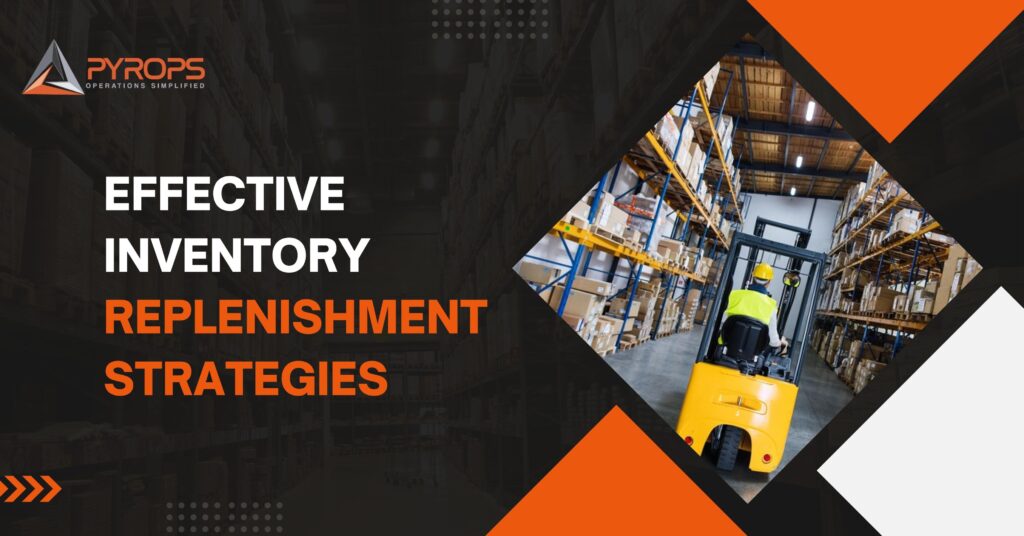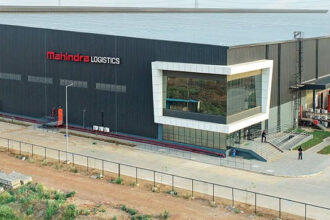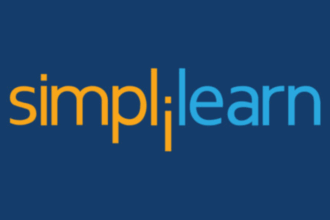Inventory management is an integral part of the supply chain that influences customer loyalty and brand experience. Timely inventory availability and efficient inventory management are mission-critical in today’s fast fulfilment environment where the customer is spoilt for choice. An effective inventory replenishment strategies assists organizations in determining when a product requires restocking (before it runs out). It’s also used to figure out how much stock to add to your inventory by reordering and how much back stock to move to active inventory.
WHAT IS INVENTORY REPLENISHMENT?
The process of sourcing inventory from suppliers or moving inventory from reserve storage to picking locations is known as inventory replenishment. It is also known as stock replenishment. Inventory replenishment solutions can also be used to move inventory from reserve storage to primary locations within a warehouse. Customized inventory replenishment solutions can make it easier to transfer products from one warehouse to another to replenish stock levels.
The goal of replenishment stock is to keep inventory moving through the supply chain at an optimal rate by maintaining efficient order and line-item fill rates. This procedure helps to avoid inventory overstocking.
IMPORTANCE OF INVENTORY REPLENISHMENT
A strong inventory replenishment strategy is essential for businesses to avoid costly supply chain problems like stockouts and overstocks. As mentioned earlier, stockouts don’t only mean lost sales, but can also damage customer loyalty and trust in a brand.
An efficient inventory replenishment process helps companies quickly fulfill every order, meet customer demand, and increase profitability while lowering costs. Here are three reasons why retailers need to replenish their inventory.
- Avoid Stockouts
If a merchant doesn’t replenish inventory on time, they risk having a stockout, which means that items will be out of stock when customers want to buy them.
Backorders and stockouts can cause frustration to your customers. The easiest method to minimize common stockout difficulties is to keep safety stock, backup inventory, or emergency inventory on hand at all times. It is also a good idea in case a supply chain issue arises unexpectedly.
- Prevent overstocking
A smart inventory replenishment process can also help prevent overstocking on inventory. Replenishing stock too early or without considering changes in customer demand or seasonality can lead to dead stock, which increases carrying costs by having unsellable inventory sit on shelves for too long.
With the Economic Order Quantity (EOQ) Formula, you can minimize overstocking and expensive warehouse logistics costs by finding the optimal amount of inventory to have on hand to fulfil order demand.
By calculating EOQ, a greater understanding of inventory, including safety stock, is gained. It helps you to keep inventory and warehousing costs down to a minimum.
- Reduce shipping costs
Sending items from a single order in multiple shipments can increase shipping costs, create more packaging waste, and confuse customers. A best practice is to split your replenishment stock across fulfillment centers to keep inventory close to your customers. This can help you save money on shipping and improve your last-mile delivery.
INVENTORY REPLENISHMENT METHODS
The right inventory replenishment method ensures that your warehouse never runs out of stock, while also avoiding excess inventory. It can also help to maximize warehouse space and reduce product misplacement, leading to reduced operational costs.
Stockouts can cause huge problems in terms of retention rates and customer satisfaction. Therefore, it is crucial to choose the right inventory replenishment model for your business’s needs.
Your choice of inventory replenishment method will depend on a number of factors, including your purchasing process, business model, product lines, suppliers, order fulfillment methods, and more.
According to Harvard Business Review, 72% of stock-outs happen due to faulty in-store ordering and replenishing practices—retailers ordering too little or too late, generating inaccurate demand forecasts, or otherwise mismanaging inventory.

An efficient inventory replenishment necessitates careful planning that includes demand forecasting, inventory analysis and other supply chain metrics like in-stock status and product velocity (the rate at which an SKU sells).
There are three main inventory replenishment strategies that organizations can use:
- Reorder Point Strategy:
Inventory reorder points ensure that you always have enough stock on hand to meet customer demand. Reorder points also allow for greater financial flexibility by keeping a minimum amount of inventory on hand at all times. Based on historical order data, the reorder point formula assists you in calculating the appropriate stock levels to meet customer demand. Inventory replenishment points are a key part of any replenishment supply chain or warehouse replenishment strategy.
- Top off Method:
When your inventory includes a lot of fast-moving SKUs, the top-off method tends to be the most suitable inventory replenishment strategy.
Using this strategy, inventory levels for a particular product are “topped off” in their respective storage locations during downtime. So that you can maintain a high inventory turnover rate without encountering stockouts for pickers.
- Periodic Inventory Replenishment Method:
Inventory is restocked at regular intervals using the periodic inventory replenishment method. Inventory levels are only evaluated at specific times or dates, regardless of how low stock levels may fall before that point. This method is most commonly used in warehouses with large storage capacities.
BEST PRACTICES OF INVENTORY REPLENISHMENT
It takes time and effort to build a successful inventory replenishment strategy. The following three best practices should always be considered when planning and implementing effective inventory replenishment strategies.
- Implement The Right Technology
Implementing the right technology is a simple way to gain real-time visibility into inventory levels. It allows you to make better inventory decisions across all the locations. You can easily keep track of inventory control, inventory trends. It also avoids common stock issues by using inventory automation tools for inventory optimization.
- Use inventory replenishment data
Knowing which items are slow-moving and which are fast-moving allows you to make better decisions about replenishment of inventory.
With this data, you can improve demand forecasts, calculate safety stock numbers. It also identifies inventory turnover rates for your products. It addresses the other issues that may have a financial impact on your business.
- Better Inventory Management Strategies
Regular inventory audits, standard warehouse receiving procedures, and warehousing best practices can all help you keep track of your inventory more efficiently. Continuous monitoring of holding expenses, such as warehouse staffing, storage is required.
Choosing the right warehouse replenishment strategy for your company is critical for maintaining lean, agile operations, but you also need an efficient way to pick and pack orders.
Pyrops WMS allows you to organize your inventory based on your specific business needs by providing real-time and accurate visibility of inventory. It allows you to set up replenishment norms and define active pick and reserve storage areas to optimize stockholding and manpower movement.






